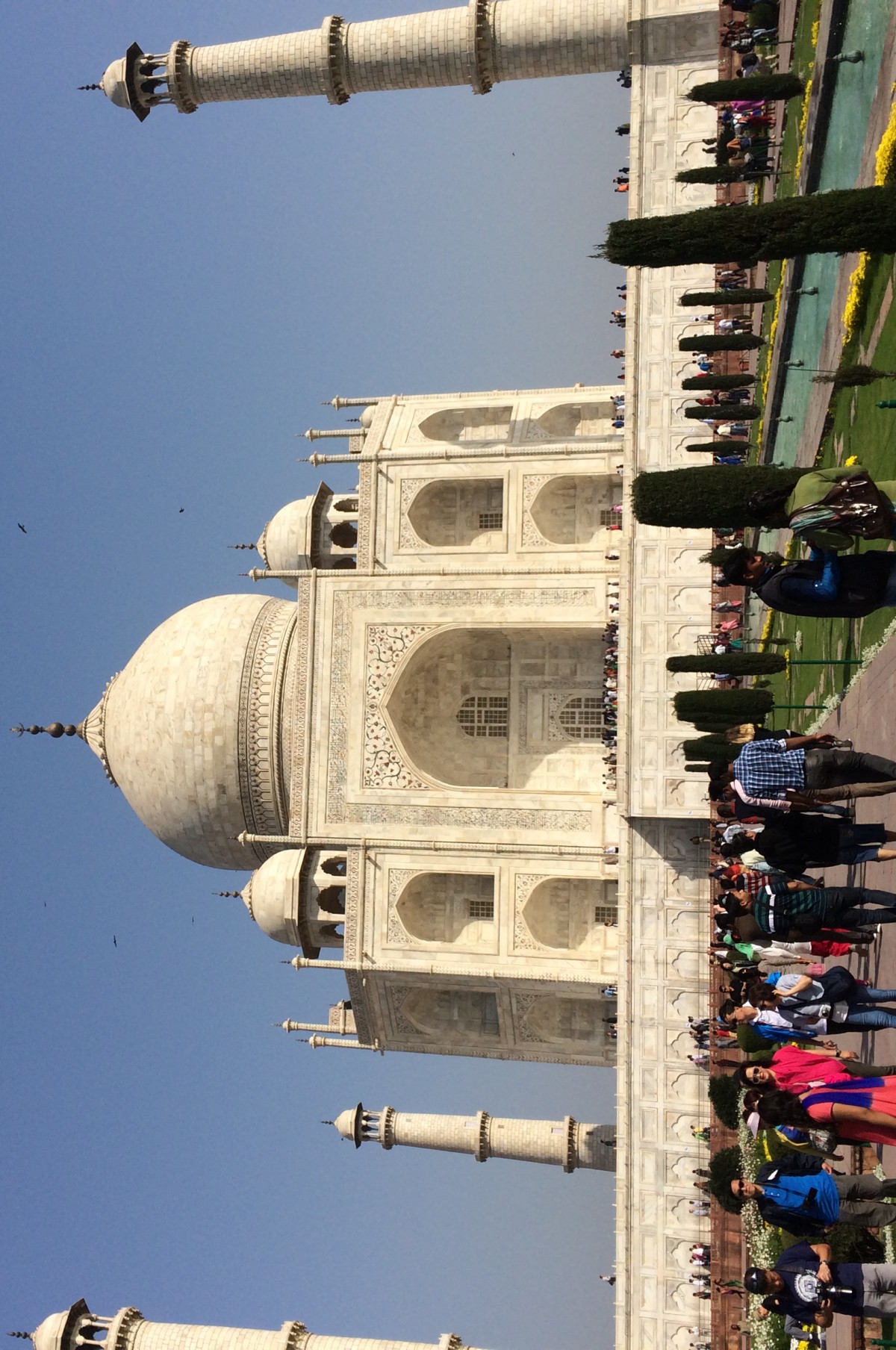
Hari Sankaran, Vice Chairman and Managing Director of Infrastructure Leasing and Financial Services (IL&FS), succinctly stated 3 points that leaders must act upon for professional (and personal) success when he spoke to our batch (Note: In India, business schools use the term batch vs cohorts like the US).
- People don’t know what they want – It is up to you to decipher what they want and need.
- Congruence of leadership – The leadership team must all be aligned or face barriers and impediments along the way
- Time is of the essence – You must act and take advantage of the opportunities given
When I first started my journey in India, I was focused on traveling and applying what I learned from graduate school. Little did I know was that was not really what I wanted.
Point 1 – What I realized I wanted was the ability to make a positive impact through strategic thinking, collaboration, and implementation in a multi-national environment. I have been fortunate to be able to give back through volunteerism.
Point 2 – Without the support of my family, the international school community, and WashU and IITB, I would not have been able to shape concepts and lead the decision making process effectively. Without this unified team, I would have struggled significantly.
Point 3 – “Paralysis analysis”. You have to act and put yourself out there. To me, luck is not a result but rather preparing yourself to take advantage of an opportunity that presents itself. I did not intend to become the board president but going back to school helped me prepare for this honor when it presented itself.
So simple yet so hard to execute properly. Sometimes it’s trial and error. Other times, it is “luck”. By knowing what questions to ask, how to build consensus, and when to act is the difference between struggle or success. So far, so good – I cannot complain of my results.

Talk about “luck” – I was able to meet Lobsang Pendha, one of the Dalia Lama’s senior leaders in Vietnam.






 left, but it’s a little different. I feel and think differently and definitely appreciate the small things in life I used to take for granted – life is slower, choices are plentiful (I forgot how overwhelming going to the local grocery store can be), and there is space – lots of it!
left, but it’s a little different. I feel and think differently and definitely appreciate the small things in life I used to take for granted – life is slower, choices are plentiful (I forgot how overwhelming going to the local grocery store can be), and there is space – lots of it!


















